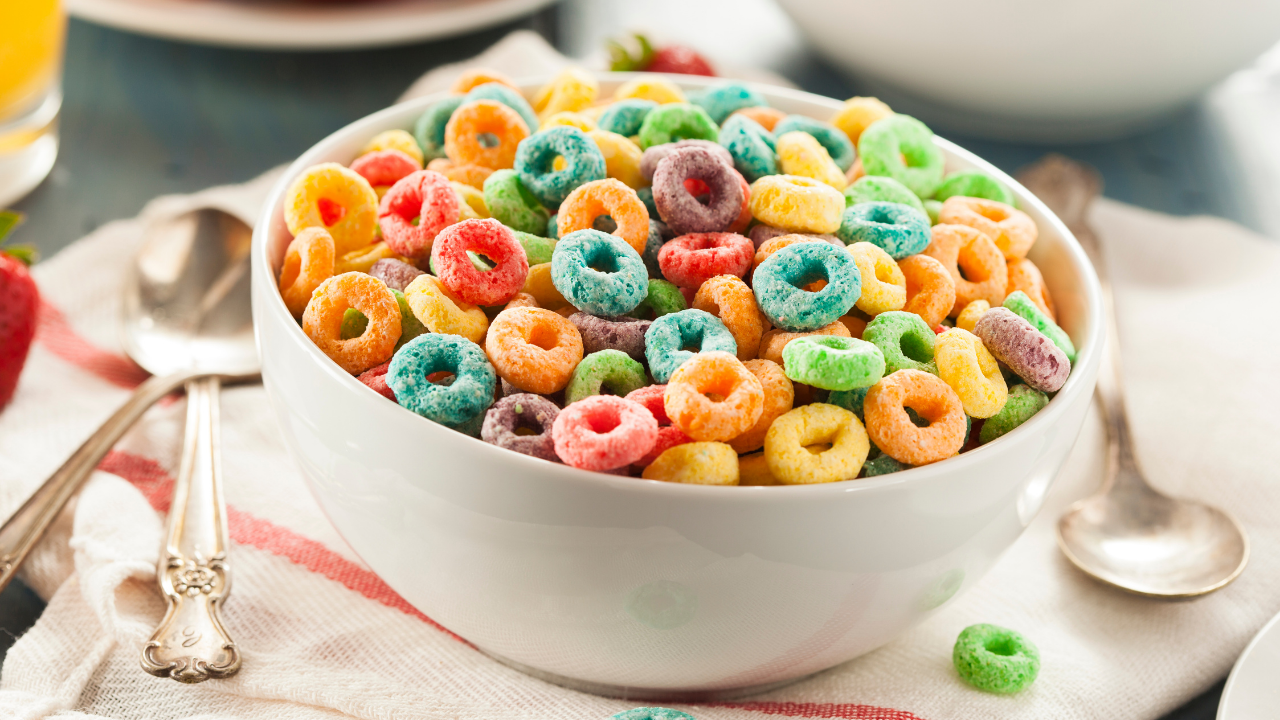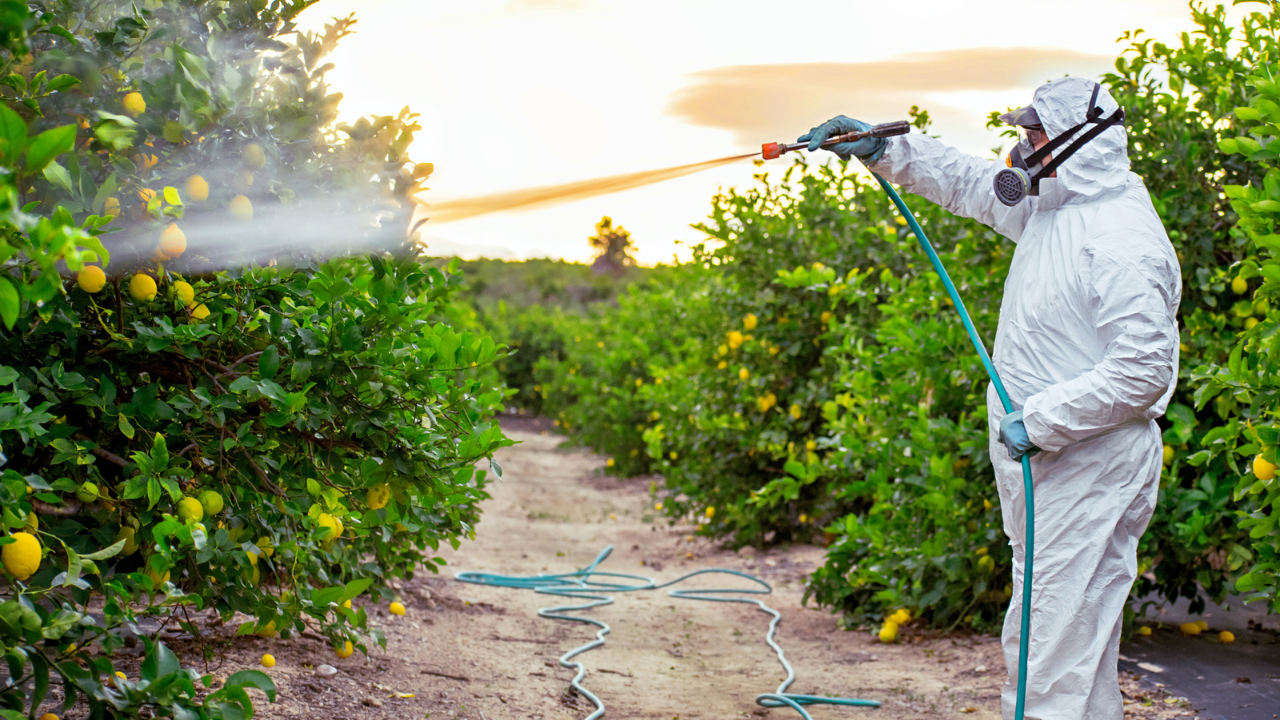Toxic Chemicals Hidden as “Ingredients” in Food that Affect our Mental Health
Feb 21, 2022
Did you know that particular chemicals have been banned—for good reason—as food ingredients in many countries, yet the United States allows these same chemicals to be used in common food we might eat every single day? They are banned in other countries because they are linked to countless health issues, including mental health issues and cancer. But in the U.S. they remain in foods because people continue to buy them and aren’t speaking up about them.
The following should be avoided:
- Blue 1, Blue 2, Yellow 5, and Yellow 6: coloring agents found in anything fluorescent, like brightly colored candy, juices, cereal, and sauces
- Olestra (Olean): fat substitute found in some potato chips, French fries, corn chips, and other crunchy snack foods
- Potassium bromate (brominated flour): found in baked goods made with conventional white flour
- Azodicarbonamide (ADC): a bleaching agent found in baked goods made with conventional white flour
- Brominated vegetable oil (BVO): found in sodas and sports drinks
- Butylated hydroxyanisole (BHA) and butylated hydroxytoluene (BHT): found in packaged meat products, soup mixes, mayonnaise, and frozen meals
- Synthetic hormones (rBGH and rBST): found in dairy
- Diphenylamine (DPA): pesticide found on apples
We certainly do “vote” with our money. If we stop buying these foods, they will no longer be produced. I suggest that until the government sets higher standards for what foods are sold, we should all be mindful of who we support with our money and be wise in what we put in our mouths. It’s going to require individual efforts on our own behalf to reduce our stress and anxiety, as well as reducing it for people across the globe as a whole.

Many other toxic chemicals that are found in our foods can trigger immediate brain discord and anxiety:
- Pesticides and herbicides, including glyphosate: Pesticides aren’t food; however, they contaminate most of our foods from any country using pesticides, which is definitely in the United States, Australia, and the United Kingdom. Unfortunately, the United States is the worst country in terms of pesticide use.
- PCBs and dioxins: found in pesticides used on crops
- Flame retardants found in foods and also plastics, paint, furniture, and electronics
- Dioxins: found in meat
- Phytoestrogens: found in soy and other foods
- Perfluorinated chemicals: they come from industrial processes and settle on crops
- Phthalates: found in food packaging and pharmaceuticals
- BPA (bisphenol A): found in canned foods and foods packaged in plastic. BPA has been exposed as neurotoxic in recent years, and that’s why you will see so many canned foods and water bottles labeled “BPA free” now.
It’s important to make sure that as many of your food sources as possible are organic and non-GMO. If the source is not organic, chances are that it is contaminated with pesticides, which can wreak havoc on the gut and brain. Most non-organic wheat, for example, is treated with glyphosate, an herbicide shown to cause nutrient deficiencies—so much so that some scientists are “urging governments globally to reexamine the policy toward glyphosate and introduce new legislation that would restrict its usage.”
A Note about the Soil on Our Farms:
We must be interested in where and how our food is being grown. We don’t want to eat foods that are grown right next to big factories that are producing huge amounts of pollution, for this goes into the soil and depletes it of vital nutrients needed to grow nutrient-giving foods. We also want the water supply that irrigates the crops to be clean and uncontaminated by industrial runoff.
Our soils have become contaminated with pesticides and other toxic chemicals. This is why it’s important to buy organic fruits and vegetables because the soil must meet certain requirements.
Polycyclic aromatic hydrocarbons (PAHs) have been found in soils that grow foods, and they accumulate in the soil. PAHs are naturally produced by forest fires and volcanoes. But most are emitted by coal gasification plants, smokehouses, motor vehicle exhaust (less in diesel), burning refuse, used tires, municipal incinerators, and some aluminum production facilities—in facilities that are part of industries that produce or use coal tar, coke, or bitumen (asphalt). The food grown in these soils is extremely poor and is carcinogenic, which not only causes cancer but mental health issues as well.
The constitution of the World Health Organization states, “Health is a state of complete physical, mental, and social well-being and not merely the absence of disease or infirmity.” This definition may sound exaggerated, but we must give up the foods mentioned here in order to gain real control over our brains, nervous systems, and guts. Eliminating them from our diets will lead to important health improvements and longevity.
This is an excerpt from my latest book, Anxiety-Free with Food. To read more about this topic, get the book HERE.
Resources:
1. A. Samsel and S. Seneff, “Glyphosate, Pathways to Modern Diseases II: Celiac Sprue and Gluten Intolerance,” Interdisciplinary Toxicology, vol. 6, no. (December 2013), pp. 159–84, doi: 10.2478/intox-2013-0026.
2. World Health Organization, “Constitution of the World Health Organization,” in Basic Documents, 45th ed., Supplement (October 2006), pp. 1–18, www.who.int/governance/eb/who_


